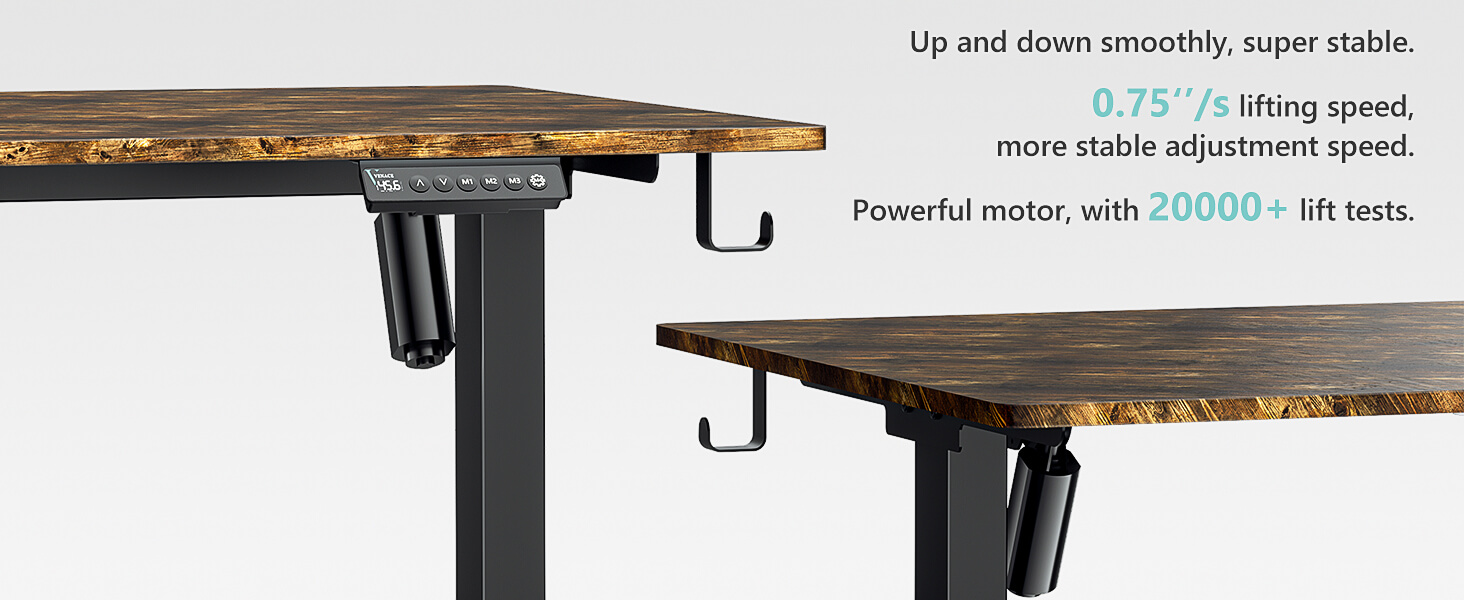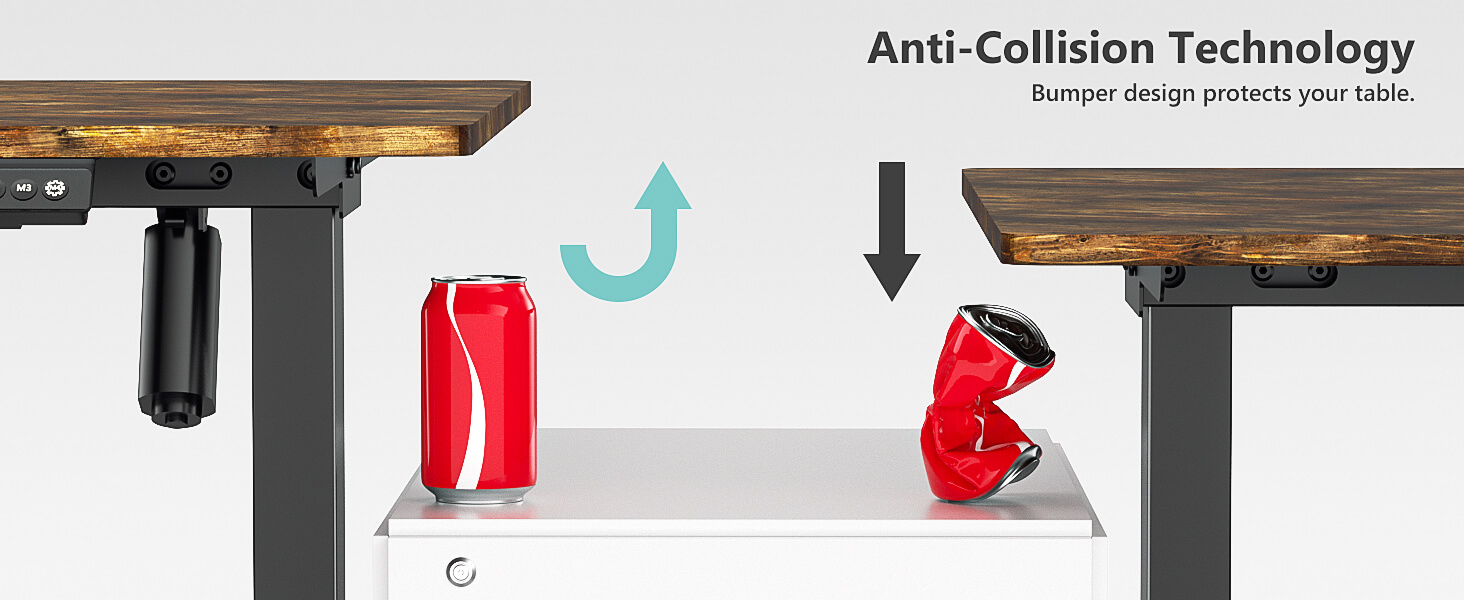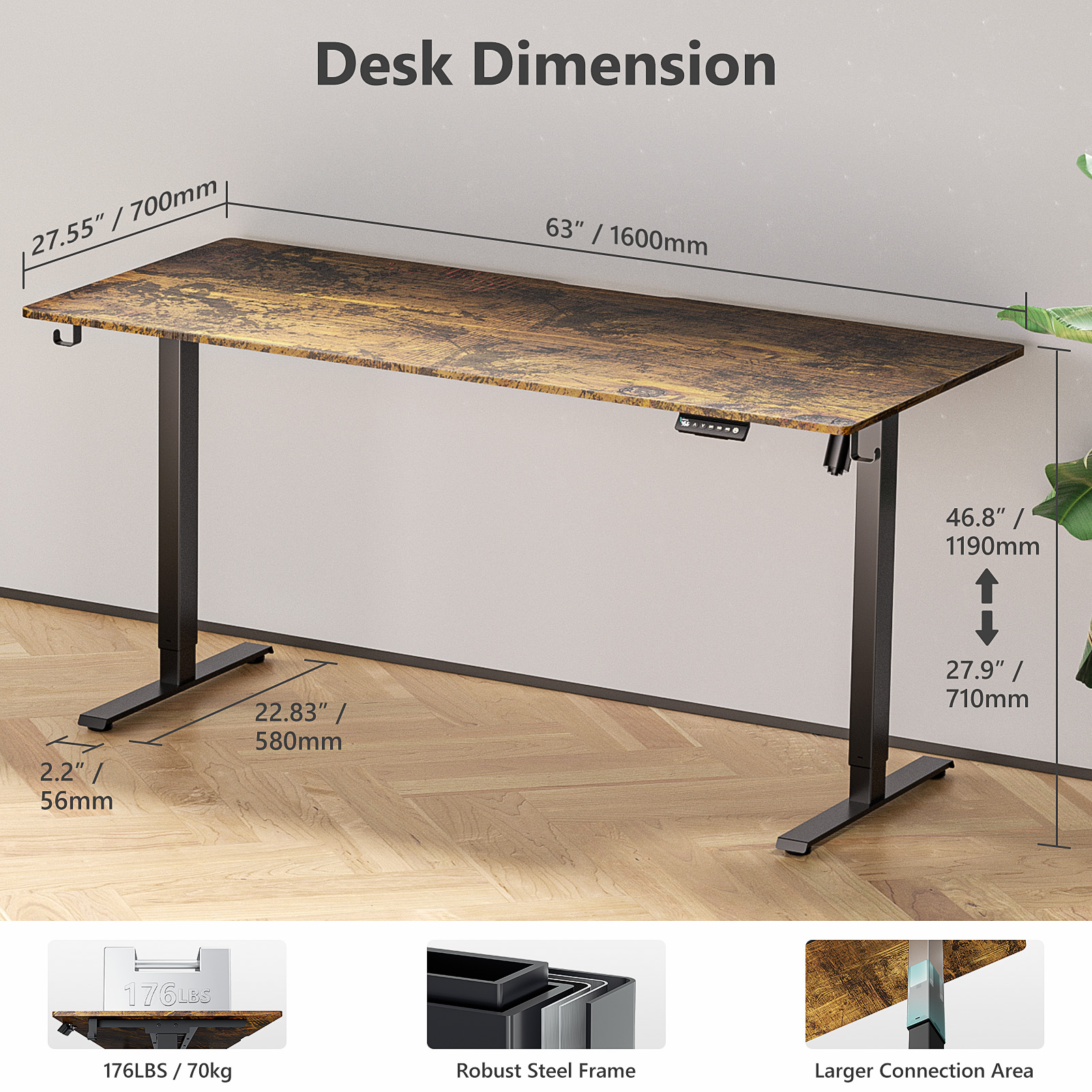In today’s workplace, sitting for long hours is the norm. But, as we spend more time in front of screens, our health and productivity suffer. Enter the standing desk—a simple yet powerful tool to counteract the negative effects of a sedentary lifestyle. Shifting from sitting to standing not only boosts your energy but also enhances your focus and overall performance. Let’s explore why this change matters.
The Downsides of Sitting
Sitting for hours on end has well-documented health risks. It’s been linked to poor posture, weight gain, and even heart disease. But beyond physical health, sitting can also affect your mental performance. When you remain seated, circulation slows, and blood flow to the brain decreases. This can leave you feeling sluggish and distracted. In fact, sitting for too long has been shown to reduce cognitive function and memory.
By contrast, standing helps to improve circulation. The heart works more efficiently, sending oxygen-rich blood to your brain. This leads to sharper focus, better alertness, and a boost in cognitive abilities.

The Science Behind Standing and Focus
When you use a height adjustable desk or sit to stand desk, your body benefits from continuous blood flow and movement. Studies confirm that standing increases mental clarity and concentration. For instance, a study published in the British Journal of Sports Medicine found that employees who used standing desks felt more energized and focused than those who sat all day.
When you stand, you engage your core muscles, promoting a more upright posture. This activation of your muscles increases blood flow to the brain, which directly boosts cognitive performance. That’s why workers using a height adjustable desk often report feeling more alert and productive throughout the day.
1. Improved Posture = Improved Focus
Poor posture is one of the main culprits of discomfort and fatigue when working at a desk. Sitting slouched for hours causes back pain, neck strain, and tension. These physical discomforts can detract from your mental focus, making it harder to concentrate on tasks. Standing promotes a natural spine alignment and encourages better posture. This reduces discomfort, which means you can focus better on your work.
When you use a sit to stand desk, you can alternate between sitting and standing, allowing you to adjust your posture as needed. This flexibility ensures that your muscles stay active, preventing the stiffness and aches that come from prolonged sitting. The result? You’re more comfortable and more focused.
2. More Energy, Less Fatigue
Mental fatigue is common in a sedentary work environment. The longer you sit, the more you feel the energy drain. This is especially true in the afternoon, when the “post-lunch slump” hits. Standing helps to prevent this by keeping your blood circulating and oxygenating your brain. In fact, people who use standing desks often report higher energy levels throughout the day.
Standing activates more muscles and promotes better circulation. This increased movement helps prevent the fatigue that often comes from sitting for too long. A height adjustable desk gives you the freedom to switch positions whenever needed, helping to keep your energy levels high.
3. A Mental Boost
Standing doesn’t just help your body—it also benefits your mind. Research shows that standing increases dopamine and serotonin levels, two brain chemicals that improve mood and focus. These chemicals are associated with feelings of alertness and motivation. When your body feels good, your mind follows suit.
People who use standing desks often report feeling more upbeat and less stressed. By reducing the physical strain of sitting, standing allows you to feel mentally clearer and more motivated. This mental boost leads to greater focus and a higher level of productivity.

4. Combatting the “Afternoon Slump”
Many workers experience a dip in energy in the afternoon. This is usually when sitting for hours starts to take its toll. But with a sit to stand desk, you can avoid this sluggishness by standing up and getting your blood flowing. The act of standing helps break up your day and revives your energy.
Standing reduces the mental fatigue that comes from sitting too long, making it easier to power through your afternoon tasks. This shift not only improves your focus but also prevents the afternoon dip in energy. It’s a simple way to stay sharp and productive all day long.
5. Long-Term Health Benefits
Standing isn’t just good for your focus today—it also benefits your long-term health. Sitting for long periods has been linked to an increased risk of chronic health conditions, including heart disease, diabetes, and obesity. A height adjustable desk allows you to stand and move throughout the day, helping to counteract the harmful effects of a sedentary lifestyle.
Frequent changes in position improve circulation, which supports overall health and longevity. By reducing the time spent sitting, standing desks can help prevent the chronic pain and discomfort associated with prolonged desk work. When your body feels better, your mind is clearer, and your performance improves.
6. Increased Engagement
In addition to the physical benefits, standing desks also promote greater engagement with your work. Studies show that employees who use standing desks are less likely to feel distracted and more likely to stay focused on tasks. A study from Texas A&M University found that workers using standing desks had higher levels of engagement and productivity compared to those who remained seated.
By switching to a standing desk, you’re more likely to stay motivated and less likely to feel distracted by discomfort or fatigue. This can lead to higher levels of job satisfaction and a better overall work experience.

Conclusion
Shifting from sitting to standing with a standing desk or sit to stand desk can have a dramatic impact on your focus and performance. Standing promotes better posture, increases circulation, and boosts cognitive function. It helps combat fatigue, keeps your energy levels high, and improves your overall well-being.
The benefits of standing aren’t just physical—they’re mental, too. Standing desks promote alertness, reduce mental fatigue, and improve mood. By using a height adjustable desk, you’ll experience increased focus, energy, and productivity.
Incorporating a standing desk into your work routine is a simple, effective way to improve both your mental and physical performance. It’s not just a tool for comfort—it’s an investment in your long-term health and success. So, if you want to boost your focus and performance, try shifting from sitting to standing. It could make all the difference in your workday.













